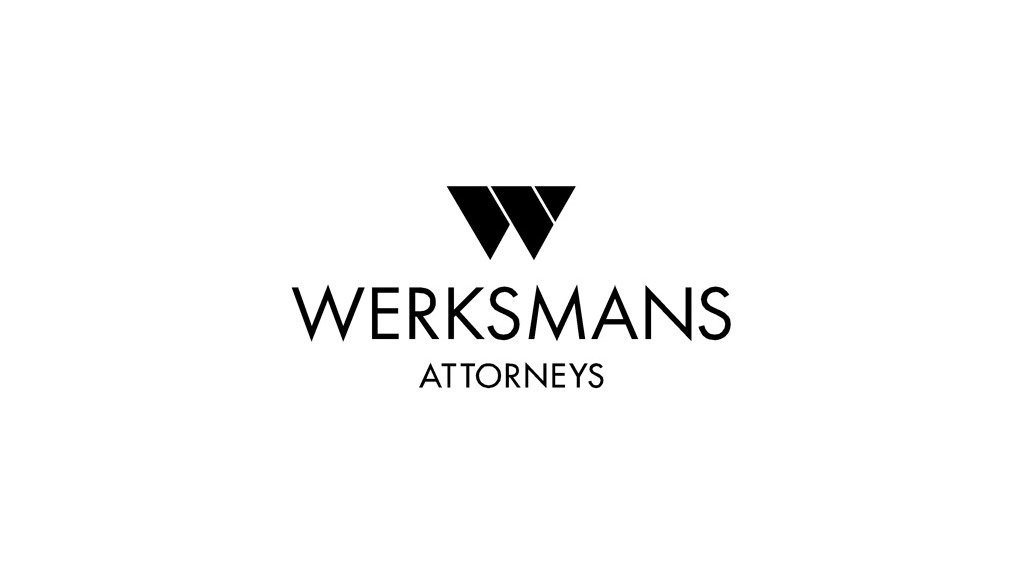Artificial intelligence (AI) is no longer a speculative disruptor – it is a present operational force reshaping industries. Employers now face a dual challenge: adopting AI to enhance productivity, while managing the legal, human, and strategic implications that follow. A survey of recent global corporate action in this regard shows how AI is impacting on the world of work.
Cybersecurity firm CrowdStrike recently retrenched 5% of its workforce, attributing the decision directly to efficiencies gained from AI-powered automation. While the company continues to hire in growth areas like threat detection and AI engineering, the move reflects a broader trend: employers are redesigning operations around AI, seeking leaner and more automated structures. Similar “AI-first” approaches are being adopted by companies like Duolingo and Shopify, where administrative and creative roles are being replaced – or significantly altered – by AI tools. These changes are most pronounced in mid-level white-collar roles, highlighting AI’s immediate impact on the job market.
In contrast, firms such as Ernst & Young (EY) are positioning AI as a force multiplier rather than a job eliminator. Incoming CEO Janet Truncale recently confirmed that AI will not lead to headcount reductions at EY but will support strategic growth and client service expansion. This sector-based divergence illustrates that AI’s effects are not uniform – industries requiring nuanced judgment or facing regulatory constraints may move more slowly, but few will remain untouched.
Meanwhile, a study by Ivanti revealed that nearly 30% of UK workers are using generative AI tools such as ChatGPT and Grammarly without employer consent. This “shadow use” suggests a disconnect between policy and practice – driven by both efficiency-seeking and job insecurity. However, unsanctioned AI use raises risks around confidentiality, data protection, intellectual property and regulatory compliance and exposure to potential damages claims arising from AI use or reliance on AI outputs. Employers should urgently implement AI usage policies to harness innovation while managing legal exposure. Further, a recent Gallup survey showed that only 9% of Gen Z workers in the U.S. feel “extremely prepared” to use AI in their roles. For a generation considered digitally native, this finding underscores the urgent need for broad-based employee upskilling.
On a global scale, the United Nations Conference on Trade and Development (UNCTAD) warns that up to 40% of jobs worldwide may be affected by AI, particularly in developing economies and among lower-skilled workers. The International Labour Organization (ILO) has similarly urged for a human-centred approach, cautioning against excessive reliance on algorithms in HR decisions such as hiring, performance reviews, and retrenchment. These could violate labour rights and lead to indirect discrimination if left unchecked.
In South Africa, retrenchments tied to AI adoption must comply with section 189 of the Labour Relations Act. Employers must show that dismissals are both procedurally and substantively fair – that is, they must consult meaningfully and demonstrate that AI-driven changes are reasonably necessary. Additionally, the use of algorithmic tools in employment decisions must be auditable, transparent, and free of bias to avoid contravening the Employment Equity Act or facing claims of unfair discrimination.
Importantly, the right to retrench for operational reasons is not absolute. In the metal and engineering sector, for example, the Main Agreement of the Metal and Engineering Industries Bargaining Council (MEIBC) places strict limits on automation-related dismissals or restructuring due to the introduction of new technology and prohibits retrenchments due to mechanization unless consultation processes are followed and alternatives such as retraining or redeployment are properly considered. Employers must always be aware of their industry standards and must ensure compliance with both statutory and sectoral obligations to avoid procedurally defective processes.
If a dismissal is found to be unfair – due to lack of genuine operational rationale or a flawed process – employees are entitled to seek reinstatement or up to 12 months’ compensation. While reinstatement is the primary remedy under South African labour law, courts are generally cautious not to override legitimate business decisions. Reinstatement is more likely where the role objectively still exists and the employer’s decision to restructure is shown to be unjustified or fabricated. Where restructuring is bona fide, even if imperfectly executed, compensation is usually the preferred remedy.
Given these risks and complexities, employers must adopt a proactive and principled approach to AI adoption. This includes the development of a formal AI strategy that integrates technology into the business in a way that is transparent, compliant, and human-focused. From an HR perspective, this means balancing business efficiencies with fair process, ethical considerations, and long-term workforce sustainability. A responsible AI strategy should cover internal policy, skills development, legal compliance, and risk management – positioning the company to thrive while retaining its licence to operate in an AI-driven economy.
Written by Bradley Workman-Davies, Director and Preeta Bhagattjee, Head of Technology & Innovation; Werksmans
EMAIL THIS ARTICLE SAVE THIS ARTICLE ARTICLE ENQUIRY FEEDBACK
To subscribe email subscriptions@creamermedia.co.za or click here
To advertise email advertising@creamermedia.co.za or click here











